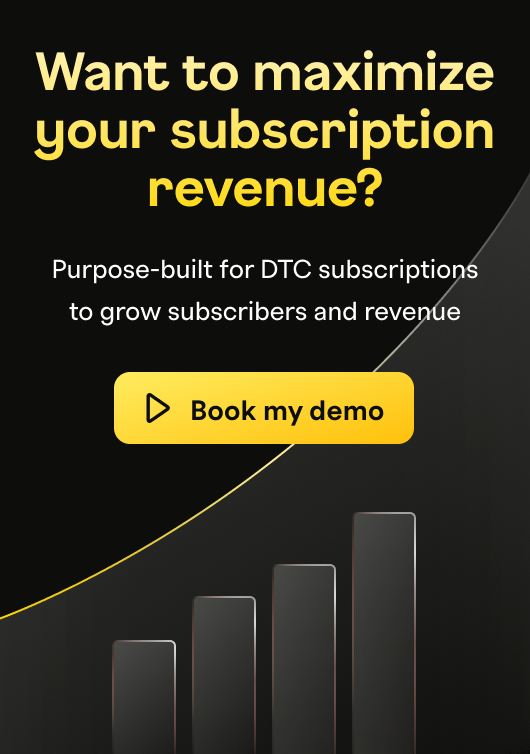What we learned from analyzing 76 million subscribers

We know you're constantly balancing aggressive acquisition targets with the need to keep your current customers happy. It’s a lot to manage, especially when 52% of consumers canceled at least...










